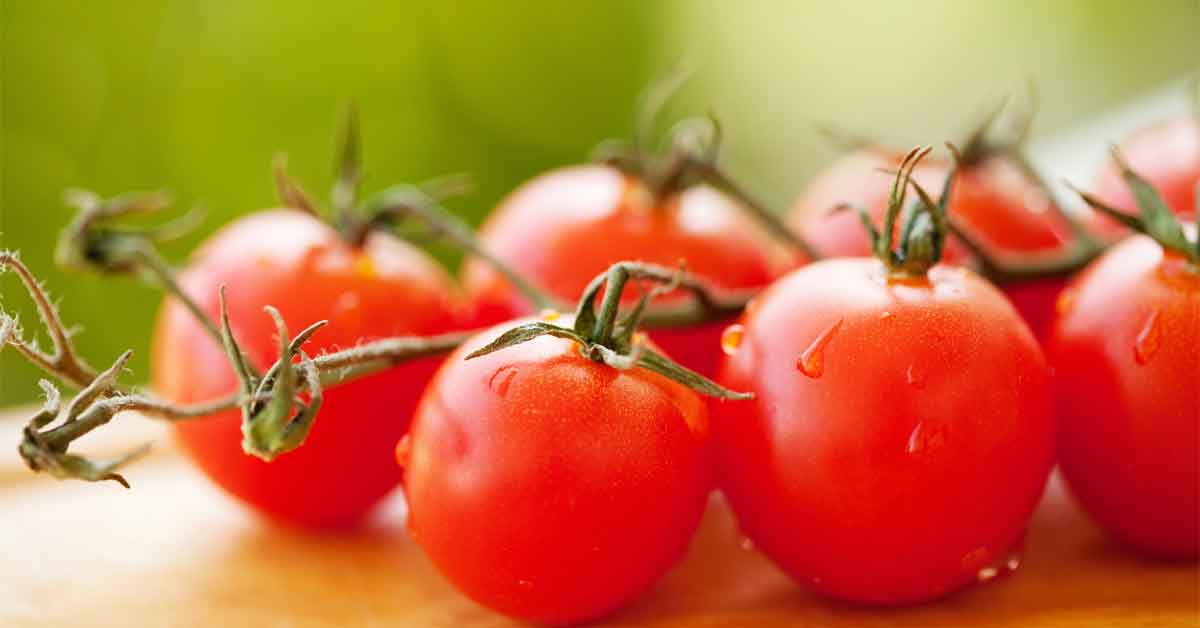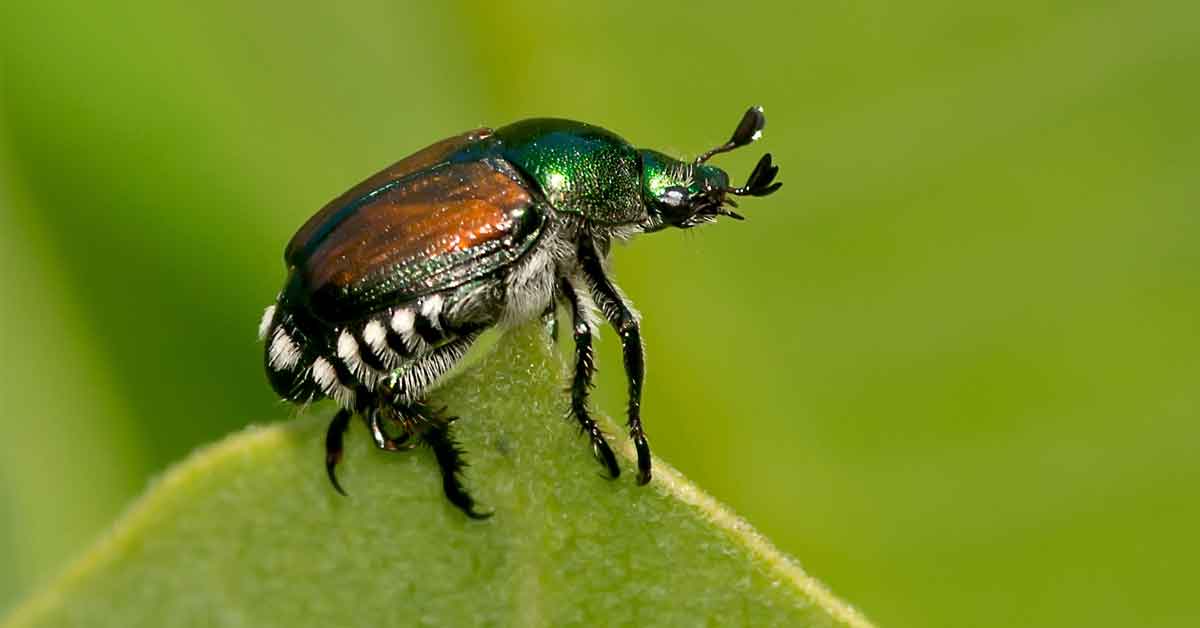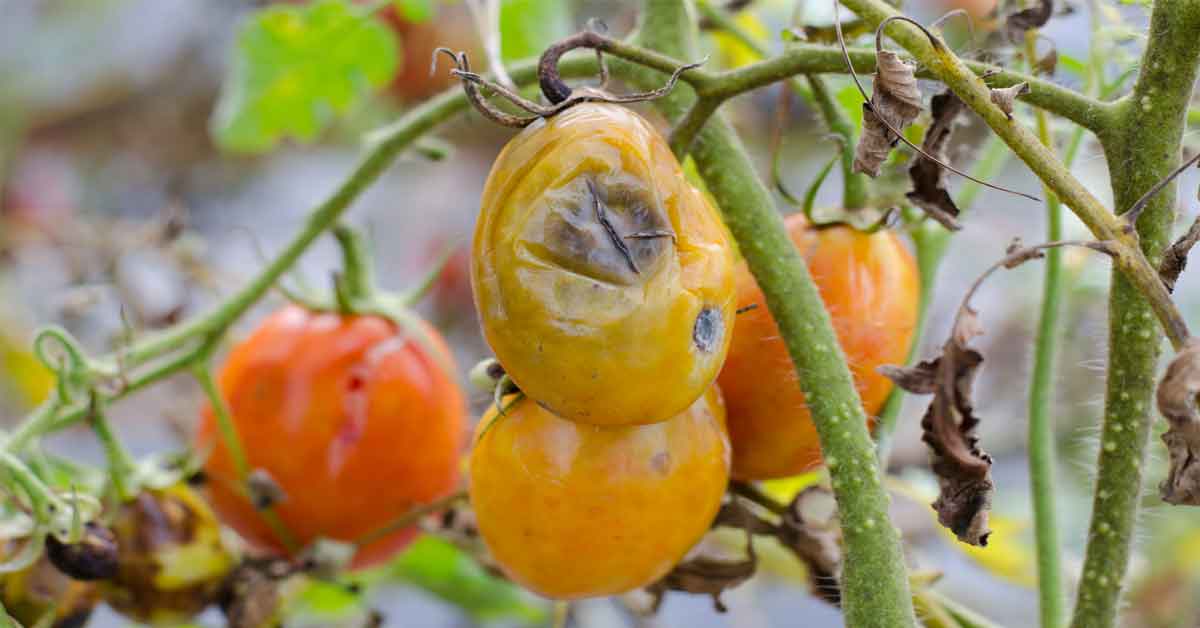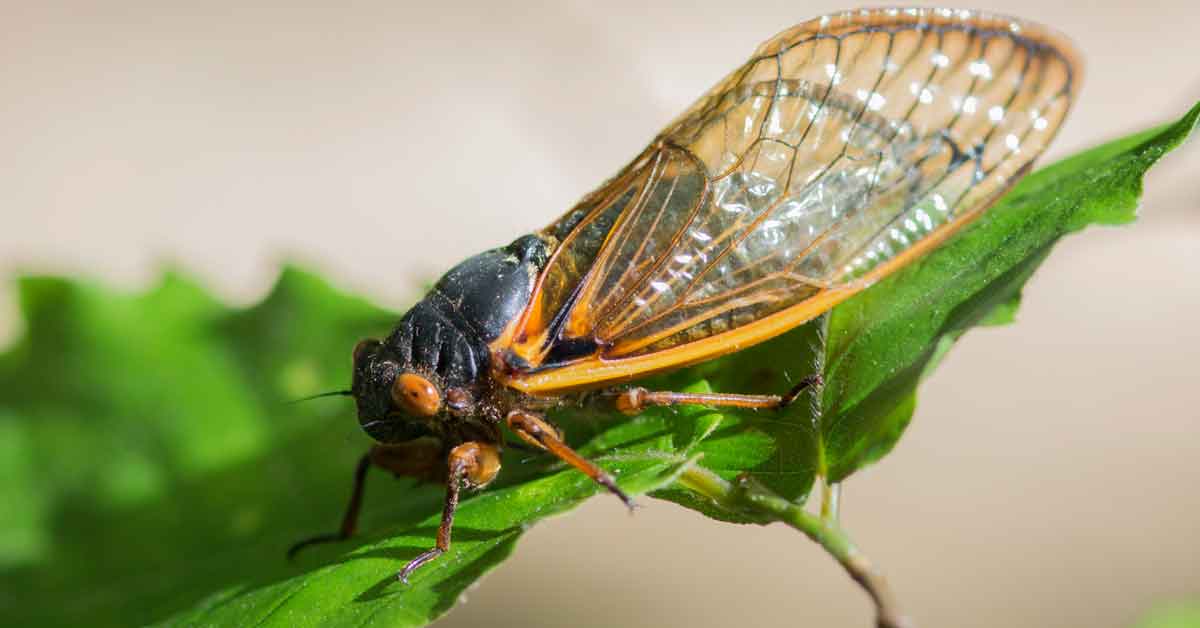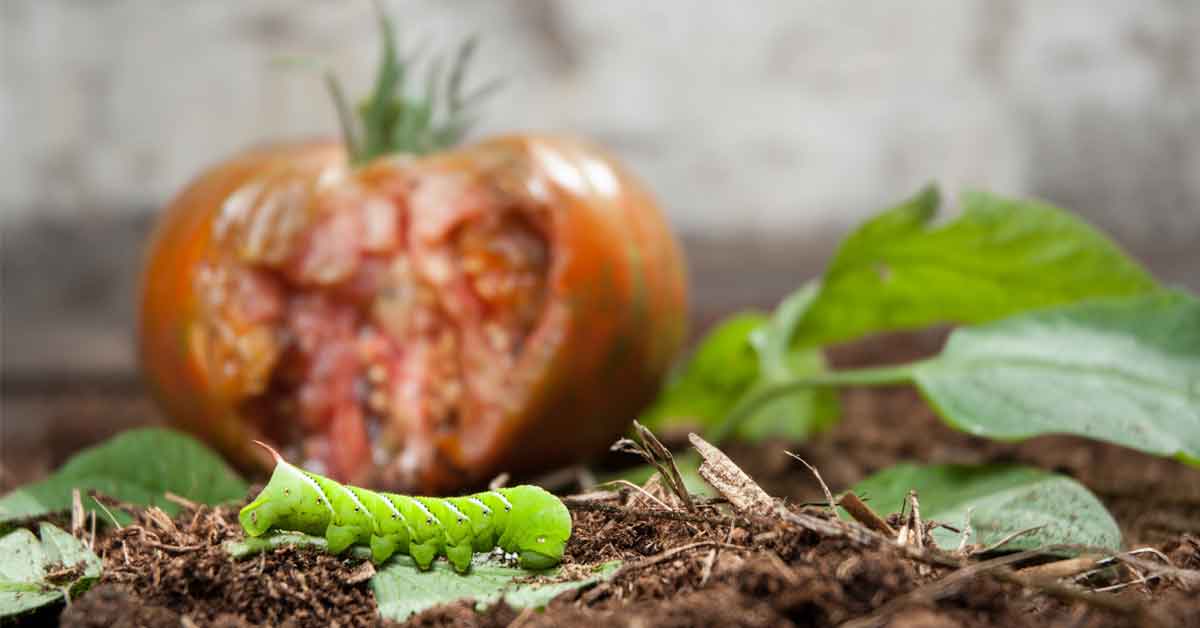How to Plant, Grow and Harvest Tomatoes
Sun-ripened, juicy tomatoes harvested from your home garden offer taste sensations that you just can't get from store-bought fruit. Growing an abundant crop of your own delicious tomatoes is easy if you keep the following planting, cultivation and harvesting tips in mind:
- Time Your Tomato Planting
- Choose a Tomato Growing Area
- Prepare Your Tomato Planting Site
- Plant and Support Your Tomatoes
- Water and Weed Tomatoes Regularly
- Watch for Tomato Pests and Diseases
- Harvest Your Tomatoes Often
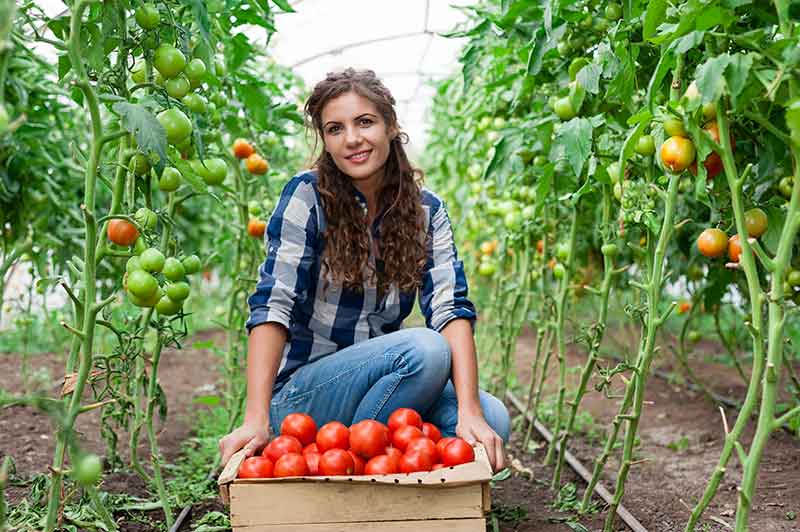
Time Your Tomato Planting
Plant tomatoes in spring or early summer. Exact timing will depend on the temperatures in your geographic region. Plant tomato plants once the soil has warmed — when daytime temperatures reach above 60 degrees Fahrenheit and nighttime temperatures stay above 50 F. Temperatures below 50 F will result in stunted plants and little or no fruit.1 In regions with short growing seasons, such as the North, East and Midwest, plant tomato seedlings no later than the third week in June to ensure that plants produce mature fruit prior to the first frost.2 In regions with longer growing seasons, such as the South and Southwest, plant tomatoes no later than the second week in July. In year-round growing regions, such as the West and parts of the Southeast, plant in the spring through the fall.
Choose a Tomato Growing Area
Tomatoes require full sun — that means a minimum of eight hours of direct sunlight a day. So choose an exposed growing area, away from buildings, trees and tall shrubs. Exposure also ensures that the plants receive adequate ventilation, which helps prevent common garden diseases.
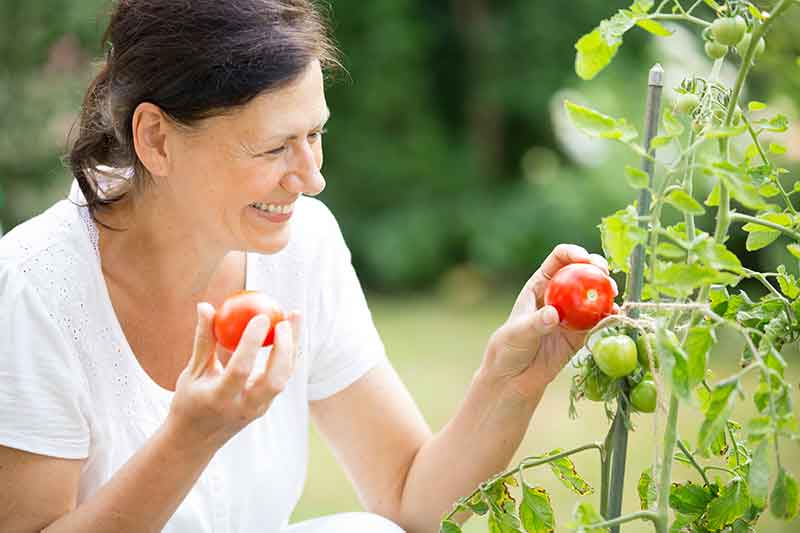
Prepare Your Tomato Planting Site
Tomatoes grow best in well-draining soil that's high in organic matter, with slightly acidic pH between 6.5 to 7.0.1 Prior to planting, increase the organic matter by applying a 2- to 3-inch layer of compost to the soil surface and tilling it into the soil, along with Lilly Miller Garden Gypsum. Gypsum helps loosen compacted soil and adds calcium, which helps prevent calcium deficiencies that lead to blossom end rot — circular rot marks on the bottom of tomato fruit. To verify that your soil is within the optimal pH range for growing healthy tomatoes, take a soil sample and have it tested. Your local county extension office can help with kits and soil laboratory information. If the test results show that your soil is too acidic, the lab may recommend lime, such as Pennington Fast Acting Lime, to raise soil pH. Soils that are overly alkaline may require soil sulfur to lower soil pH to a healthy range. To ensure that the tomato plants get nutrients that are vital to vigorous growth and an abundant harvest, feed your tomato plants with a fertilizer designed especially for tomatoes and vegetables, such as Lilly Miller Morcrop Tomato & Vegetable 5-10-10. If you don't have room for an in-ground garden, you can grow tomatoes in containers. Choose pots that are at least 12 inches or more in diameter so that the tomato roots have sufficient room for vigorous growth. For best results, grow dwarf and small-fruit varieties, such as cherry, grape and plum tomatoes. When growing in containers, always plant with potting soil mix, not garden soil. Soil from the ground is too dense and heavy for pots. Encourage vigorous growth by mixing your vegetable fertilizer into the potting soil before planting.
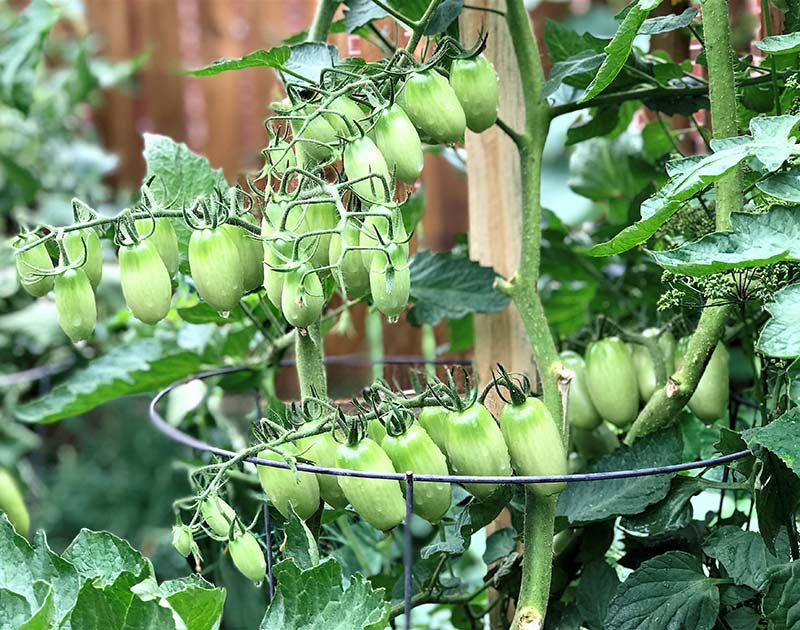
Plant and Support Your Tomatoes
Just before planting, remove the lower leaves from the plant by pinching them off at the stem. When you do this, small bumps called "root nodes" remain on the tomato stem. Dig a hole and set the tomato plant inside, deeper than it was in its original nursery container, so the root nodes are buried. Roots will form along the stem at the root nodes, creating a strong root system and a vigorous plant. Space tomato plants 24 to 30 inches apart.3 After planting, pat the soil around the plant until firm. For best results when container growing, plant just one plant per pot. To preserve the health of tomato plants and make harvesting easy, cage them when planting. Wire cages support plants during growth and keep leaves and fruit off the ground, resulting in higher yields, fewer pests and less chance of disease. Cage sizes vary, but cages 20 to 24 inches in diameter and 4 to 6 feet tall are optimum.
Water and Weed Tomatoes Regularly
Water your plants well after planting, and then water again when the soil surface dries. Once the plant becomes established and you see new growth, water so the soil remains evenly moist, but never soggy. Overly wet soil can lead to fungus root rot and result in watery fruit. Soil that's too dry can result in fruit cracking and blossom end rot. Avoid overhead watering with tomatoes — wet foliage can help spread some fungal diseases. Weed often, as weeds will steal water and nutrients from the tomato plants. To prevent weed growth and maintain an even soil temperature, mulch the soil surrounding the tomato plant with a 2- to 3-inch layer of shredded bark.
Watch for Tomato Pests and Diseases
Tomato plants fall victim to several pests and diseases, some of which can cause serious damage and reduce fruit production. Your best line of defense is to check your plants for signs of trouble every time you water, and then react quickly.
Pests that commonly affect tomato plants include tomato hornworms — large, green worms with white and black markings. Tomato hornworms can reach 4 inches in length at maturity. They eat tomato leaves and can quickly defoliate a plant. Other troublemakers include the tomato fruitworm, which is the larva of a moth that eats the insides of the tomato. Flea beetles are also a problem, as they jump from plant to plant feeding on foliage.1 Sevin Insect Killer Ready to Use2 kills these pests on contact. Just allow at least five days between treating your tomato plants and harvesting their fruits. Just allow at least one day between treating your tomato plants and harvesting their fruits. Hornworms can also be removed by hand and destroyed.
Keep an eye out for large irregular holes in leaves and tomatoes - slugs and snails eat tender leaves and love tomatoes. Scatter Corry's Slug & Snail Killer pellets in the soil around your tomatoes to immediately stop these unwanted guests.
Common diseases that strike tomato plants include early blight, gray mold, fusarium wilt, gray leaf spot, powdery mildew and anthracnose.4 The fungal infections that cause these diseases wilt foliage and leave spots and other markings on foliage. To stop and control these diseases and prevent their spread, turn to Daconil Fungicide in ready-to-use or concentrate forms.
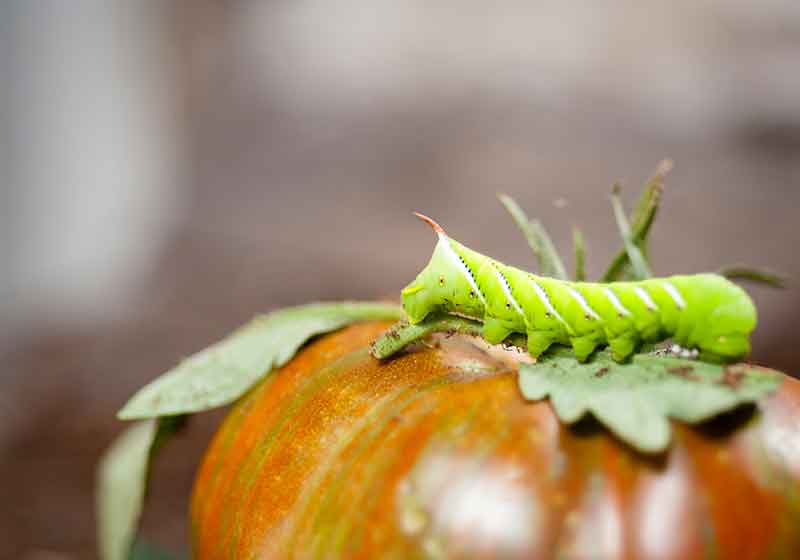
Harvest Your Tomatoes Often
Enjoy the fruits of your labor as soon as tomatoes ripen, and harvest regularly to promote fruit production. Harvest using garden pruners or by twisting the fruit until it comes free from the vine. Avoid pulling on fruit when picking, as this can break the tender tomato branches.
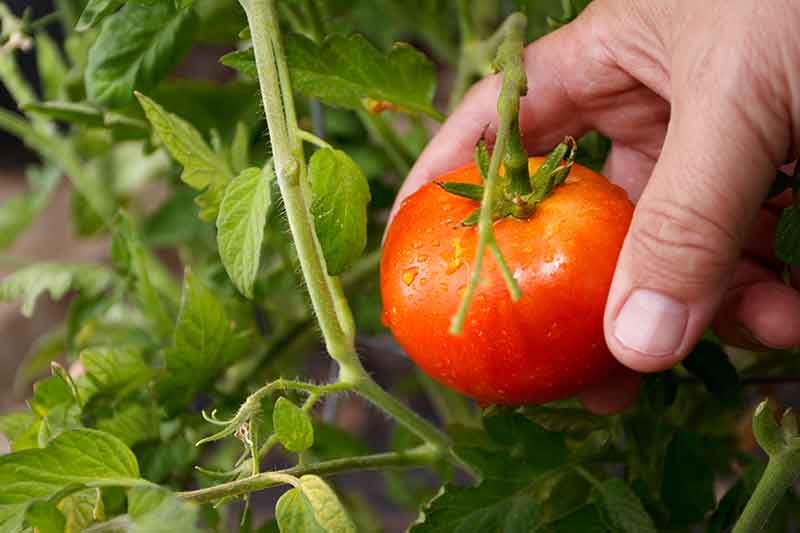
Armed with these tips, you can keep your tomato crop healthy throughout the growing season and enjoy delicious fruits all summer long. Growing your own tomatoes is a rewarding and ultimately tasty adventure. GardenTech brands are here to help you grow and enjoy all the goodness that gardening brings.
Always read the product label and follow the instructions carefully, including guidelines for pre-harvest intervals (PHI).
Pennington is a registered trademark of Pennington Seed, Inc.
Fast Acting is a trademark of Encap, LLC.
Alaska is a registered trademark of Central Garden & Pet Company.
Daconil is a registered trademark of GB Biosciences Corp.
Sevin is a registered trademark of Tessenderlo Kerley, Inc.
Corry's is a registered trademark of Matson, LLC.
GardenTech is a registered trademark of Gulfstream Home and Garden, Inc.
Sources:
1. D. H. Trinklein, "Growing Home Garden Tomatoes," University of Missouri Extension, April 2010.
2. E. Everhart, et al., "Tomatoes," Iowa State University Extension, May 2005.
3. Grow It Eat It, "Planting and Maintenance - Container Vegetables," University of Maryland Extension.
4. Cornell University Growing Guide, "Tomatoes," Cornell University.
5. Vegetable MD Online, "Tomato Disease Identification Key By Affected Plant Part: Stem and Whole Plant Symptoms," Cornell University, Department of Plant Pathology.
Get Monthly Gardening Advice!

